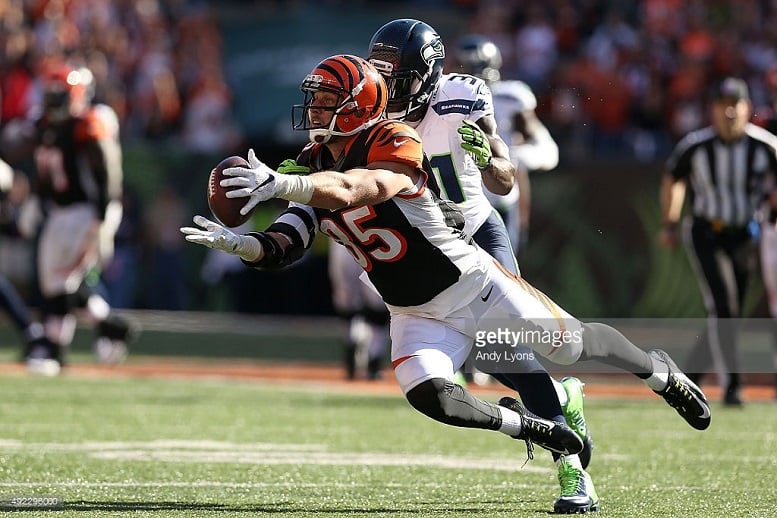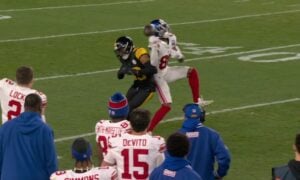With Monday’s deadline having now passed for teams who wished to exercise the fifth-year options on their 2013 first-round draft picks, now would be a valuable time to look back at that draft class, and in the first round in particular, to evaluate what we have seen in terms of value, and more specifically, how Pittsburgh Steelers 17th overall selection Jarvis Jones fits in.
In all, only 18 of the 32 first-round draft picks from 2013 currently have a contract that extends beyond the 2016 season. 17 players had their fifth-year options picked up by their teams, while one player had previously worked out a long-term extension.
Aside from Dion Jordan, whose suspension pushes his fifth-year option back, and Bjoern Werner, who was released, that means that 12 players did not have their options exercised, and are now entering the final years of their rookie contracts. Werner obviously belongs within the group of players from whom their teams did not see enough to want to add another year.
Setting Jordan aside for obvious reasons, that means that 13 of 31 players from the first round of the 2013 NFL Draft class were viewed as disappointments to some degree, unworthy of a significant financial investment into the future based on the body of work from their first three seasons.
My calculator tells me that that figure represents 42 percent of the draft class currently eligible to have had their fifth-year option activated, and that is a number that includes guard Jonathan Cooper, who was traded this offseason to the Patriots, who subsequently chose not to exercise his option.
As for Jones, he fits very much in the middle of this class, literally and figuratively as the 17th overall selection. It is interesting to note that it was the middle portion of the round that was most successful in terms of yielding an exercised fifth-year option.
From D.J. Fluker at the 11th overall selection to Sharrif Floyd at the 23rd, 10 out of 13 players had their options picked up, with the exceptions of Jones at 17, E.J. Manuel at 16, and DJ Hayden at 12. Only eight other players from outside of this group worked something out with the team that drafted them.
The implication here is that overall, the first round of the 2013 NFL Draft was not a particularly strong one, when you have over a third of the players drafted in the round being allowed to play out their fourth seasons as their final under contract.
So the discussion inevitably turns to one of hypotheticals. If not Jones, whom should the Steelers have drafted? Obviously, they would not have been able to draft any of the first 16 players that went off the board, but of the 15 that went behind him, 10 had their options picked up.
The popular choices in this discussion tend to be tight end Tyler Eifert, drafted by the Bengals at 21, and cornerback Xavier Rhodes, drafted by the Vikings at 25. DeAndre Hopkins, taken at 27 by the Texans, may be the best choice of all. The two linemen that went off the board soon after Jones—Justin Pugh and Kyle Long—could be in play as well in this hypothetical.








